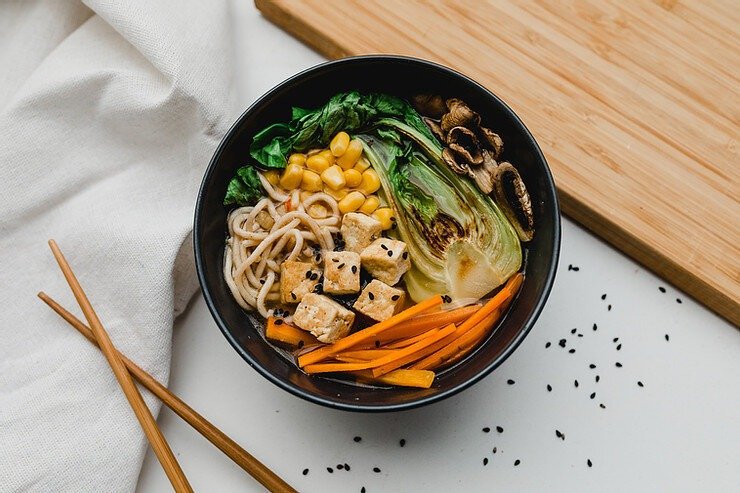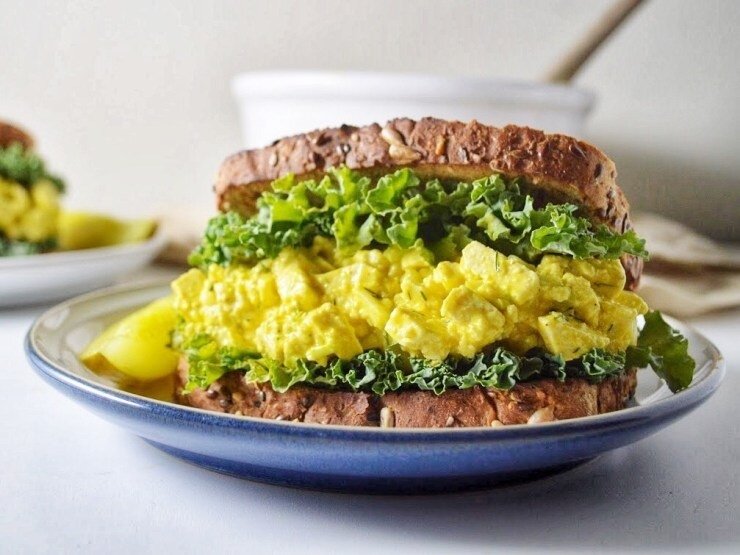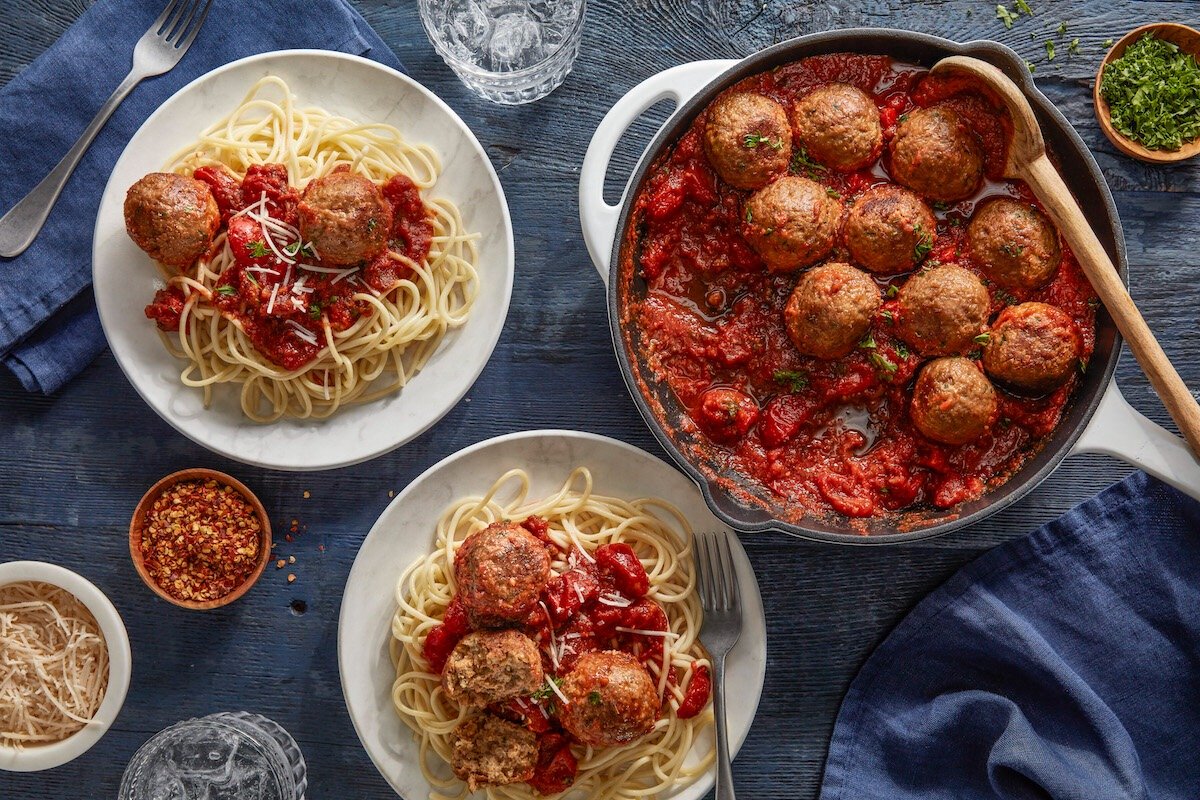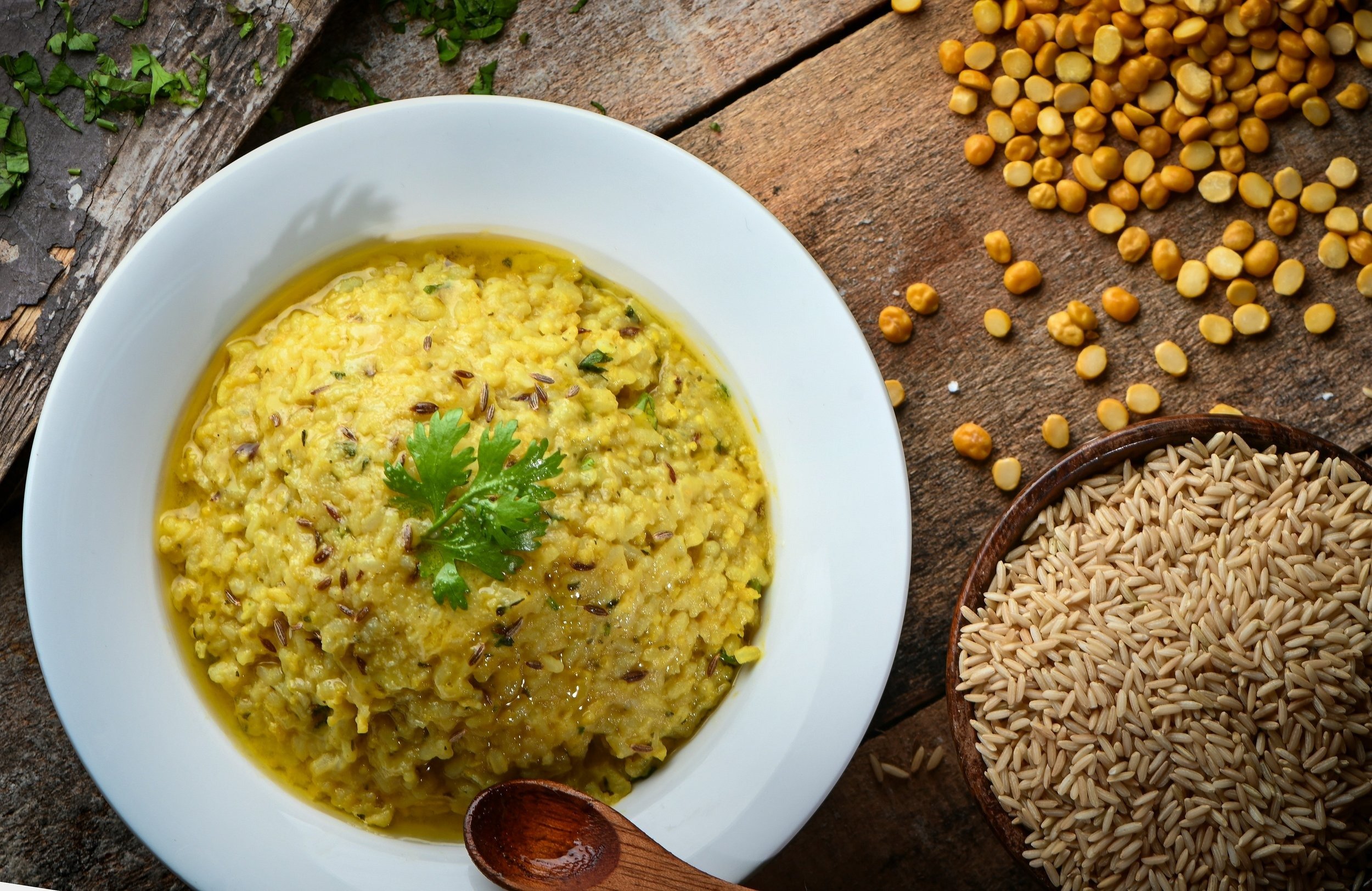So, where do you get your protein? From tofu to lentils, here’s how to easily hit your daily protein intake goals on a plant-based diet
Food guidelines around the world are updating their advice to to help people incorporate more plant-based proteins into their diets.
A common misconception around meat-free diets is that they do not pack enough protein. Yet plant-based proteins, which have been popular throughout the world for thousands of years, are increasingly being seen by nutrition experts as the favored way to help meet our daily protein goals.
Governments in several countries are now evolving their national dietary guidelines to improve public education around protein and which are the best sources.
Last year Germany transformed its national food pyramid into a food wheel, which now consists of over 75 percent plant–based foods, and also confirmed that meat was only an optional - and not essential - part of the country’s new dietary guidelines.
Similarly in the US, the upcoming national 2025-2030 Dietary Guidelines are set to prioritize plant-based proteins over animal-based proteins for the first time.
These updates will help redefine the public’s image of protein and how it is not exclusive to meat. So what are some examples of plant-based proteins? Here’s some of the most popular and tasty sources of plant-based protein:
Tofu
Tofu, which has been used for thousands of years in Asian cuisine, is a key staple of a plant-based diet and it's easy to see why. Made from soybeans (tofu is also known as bean curd), it’s typically sold in blocks that can be sliced, cubed, crumbled and more, and often takes the place of meat in traditional dishes.
Tofu’s ability to absorb flavors and sauces along with its various ways to prepare, means it can be used in a near unlimited variety of dishes and cuisines from broths and soups, to stir frys, pastas, and even desserts.
Whatever the dish, tofu is packed with protein so it’s an essential inclusion on this list. You only need to look at some tofu recipes to understand its versatility and potential:
Vegan Meats
From burgers and sausages to meatballs and hotdogs, there’s so many tasty meat-free alternatives that can now be easily found in grocery stores and online retailers.
Popular brands in the US include Impossible, Beyond Meat, and Gardein, which help you substitute animal-based meats in your favorite dishes.
Vegan meats are typically high in protein, as they are often made from protein-rich foods like soy, legumes, and lentils.
There’s loads of different types of vegan meats, too, from realistic “bleeding” burgers like Impossible Burger to more plant-focused alternatives like Beyond’s Sun Sausage which are made from vegetables, fruits, and legumes.
Sub them into your usual meals, or try a recipe like:
Credit: Beyond Meat
Beans, Lentils, and Peas
Often grouped together as legumes and pulses, these foods are typically a cheap but effective and tasty way to incorporate more protein into your meals.
There is unlimited variety here to match whatever cuisine you want to try: kidney beans and black beans are great in burritos and tacos, chickpeas can be added to salads and curries, and lentils can even be moulded into burger and meatball shapes too.
Nuts and Seeds
Great for snacking in between meals, nuts are full of nutrients including being an excellent source of protein. The likes of almonds, hazelnuts, peanuts, cashews, and pecans are great on their own, but you can also add them to top salads, yogurt and stir frys.
Simple steps can mix things up: dry frying or roasting nuts in the oven can bring out their flavor, and you can add spices too.
Want more tips on how to get started on your plant-based journey? Take Species Unite’s free Plant-Power Challenge for 30 days to discover everything you need to know. Sign up here.
We Have A Favor To Ask…
Species Unite amplifies well-researched solutions to some of the most abusive animal industries operating today.
At this crucial moment, with worldwide momentum for change building, it’s vital we share these animal-free solutions with the world - and we need your help.
We’re a nonprofit, and so to keep sharing these solutions, we’re relying on you - with your support, we can continue our essential work in growing a powerful community of animal advocates this year.










